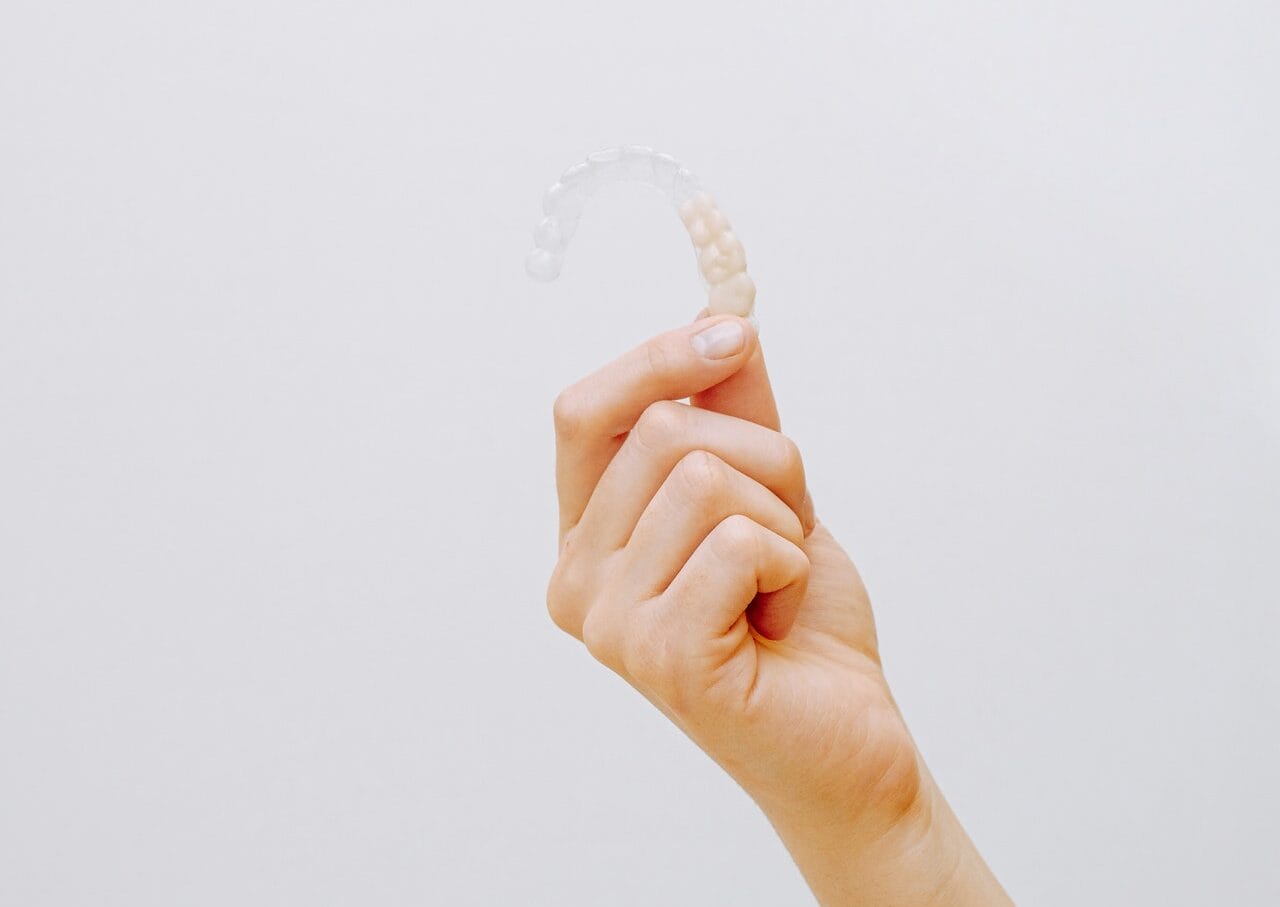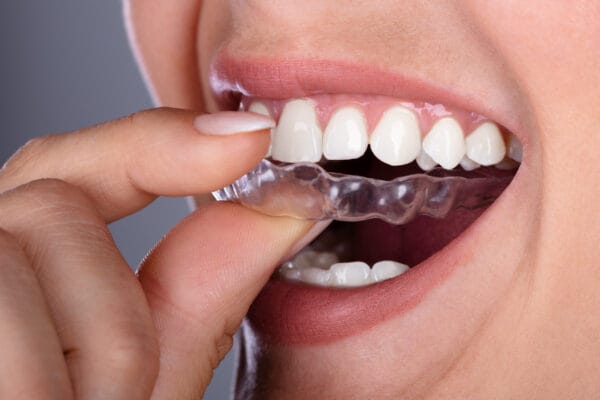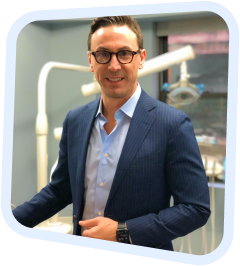Less pain, less time, less cost: Invisalign seems too perfect to be true. But, if you want a clear smile easier, faster, and at a fraction of the cost, it’s the right choice for you. Let your favorite NYC doctor explains on this site why Invisalign is the best choice for you. Here’s everything you need to know about Invisalign, braces, and finding your best smile.
What Is Invisalign?
Everybody wants a better smile. Straighter teeth are a sign of status. And thanks to Invisalign’s cost-effective methods, that dream can be a reality for a lot more people than before.
Invisalign is the virtually invisible way to straighten your teeth without braces. This method uses a series of clear, removable aligners to straighten your teeth without metal wires or brackets. You’ll wear each set of clear aligners for about two weeks, removing them only to eat, drink, brush, and floss.
As you replace each aligner with the next in the series, your teeth will move. Little by little. Week by week. Eventually, they’ll straighten into the final position that your orthodontist or dentist has prescribed.
Braces vs Invisalign
Most people are familiar with braces. Braces use a series of brackets, wires, and anchors to move teeth. You visit the orthodontist, have your mouth fitted for braces and get spacers, then come back and have the brackets glued to your teeth. They tighten the wires, go over oral hygiene, and then send you on your way.
Adjusting to braces is a challenge. You quickly learn that they stand out and that you have to get used to them in your mouth. You also realize that it’s important to carry orthodontic wax on hand as the braces can cut into your mouth from time to time. Plus, you have to avoid certain foods.
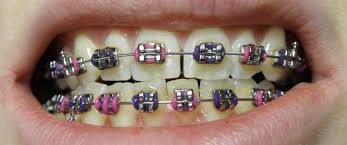
Invisalign, on the other hand, is a clear aligner that’s custom made for your teeth. It fits directly onto your teeth and stays in place without any additional adhesive or fastening. Instead, you simply wear each aligner for 22 hours a day, between 10 days and- 2 weeks at a time, letting them slowly move your teeth.
There’s less to worry about as well. Your gums won’t be cut by abrasive metal brackets because Invisalign aligners have smooth surfaces. You also take them out when you eat, so there’s no need to worry about avoiding various foods. That also means no emergency visits to the orthodontist to fix broken brackets.
Best of all, because Invisalign uses a series of clear aligners, they’re nearly invisible on your teeth (as long as you keep them clean).
How Does Getting Invisalign Work?
Usually, you’ll start your Invisalign treatment off with a free consultation with a dentist or orthodontist. During the consultation, your Invisalign specialist will examine your teeth, scanning them. They’ll also answer any questions you have about the process during this time.
Using the images taken from inside your mouth, they’ll compile a 3-D image of what your teeth currently look like. Then, they’ll walk you through the various stages detailing how your Invisalign treatment will work towards straightening your teeth. You’ll also get to see a projection at the end of each stage and at the end of treatment.
If you agree to the treatment, your dentist or orthodontist will order your aligners. The aligners are made custom to fit your teeth and usually take about 4 weeks to be delivered to your orthodontist’s office. Once they arrive, you’ll be notified to come in for a fitting. Again, your orthodontist will discuss treatment, maintenance, and oral hygiene with you.

You’ll then receive your aligners with the orthodontist helping you fit on your first one if needed. The Invisalign clear aligners fix gaps in your teeth by moving them 1/10 of a millimeter per tray. So, you’ll need to keep the aligners on for roughly 22 hours every day. This allows you time to take them out to eat and brush your teeth afterward.
With each new aligner, your teeth will move slightly more into position. You’ll feel the pressure at first, but it dissipates within a couple of days. Depending on the length of your treatment, you’ll have a certain number of aligners. You’ll use each one after the other, throwing away the old ones as you move through your treatment. Occasionally, you may need to visit your Orthodontist for a quick check-up and to see how your treatment has progressed.
Once you finish your treatment, there can be a correction period. During this time, your orthodontist will take another scan of your teeth and order trays for minor adjustments. You’ll need to wear these trays as well to correct your teeth into their final position.
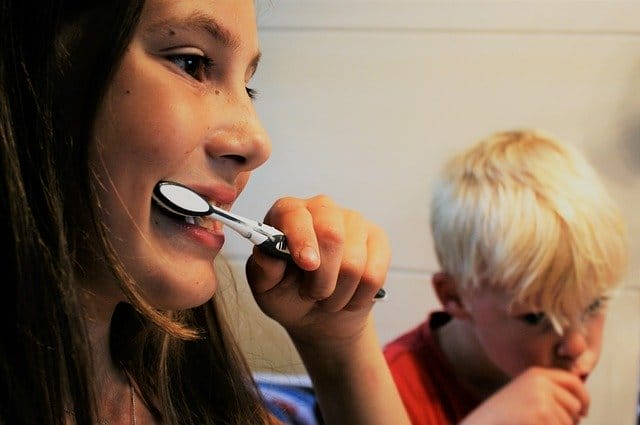
What Are Attachments?
Treatments vary depending on what needs to be done with your teeth. Spacing and widening is usually a straightforward process. However, when teeth need to be rotated or when some teeth are too smooth, your orthodontist will need to use attachments. Attachments are tooth-colored bits of plastic that serve as anchors. Your aligners will push on the anchors, further moving teeth into their correct position.
How Much Does Invisalign cost?
Cost is always a concern, and only your doctor can determine the price of your orthodontic treatment. Generally speaking, Invisalign will typically cost the same as metal braces. This means you can expect a price range from $3,000 to $5,000 or more, depending on the requirements of your case.
But, some dental offices can offer you Invisalign Specials that lower your cost. Check out this video from our Invisalign Day:
Does Insurance Cover Invisalign?
Any insurance plan that covers orthodontics should cover Invisalign. But it’s always best to check with your oral health care provider to be safe. And if you’re worried about cost, you can look for discounts or Invisalign specials that reduce the cost of treatment.
Myths About Invisalign Treatment
Despite having been on the market for a long time, and Invisalign has made plenty of developments along the way. However, there are still many myths to be aware of (many that persist from Invisalign’s earlier days). Understanding the truth behind those myths can help you see why Invisalign may be the better treatment option for you.
Myth 1: Only Orthodontists Can Prescribe Invisalign
Both dentists and orthodontists can provide Invisalign treatment. Dentists can undergo training that shows them what they need to know about the clear aligners. Orthodontists better understand how teeth straightening work and can provide a better result in some tricky instances, however.
Myth 2: All Orthodontists Provide the Same Level of Care
Invisalign has come a long way since its development. With every smile perfected, new techniques and technologies are discovered. Still, some orthodontists don’t specialize in using Invisalign. If you want the best results, you need a trusted orthodontist who specializes in Invisalign treatment.
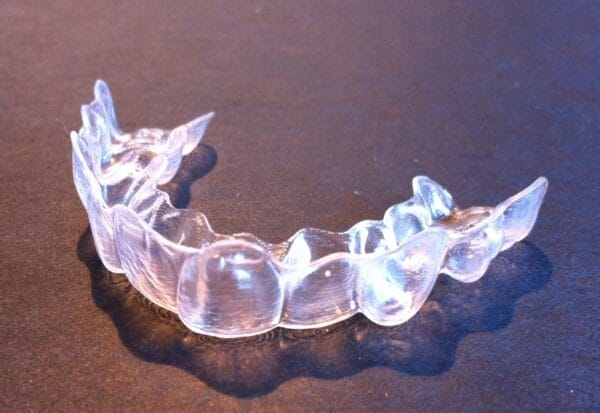
Myth 3: Invisalign Costs More
Depending on the type of treatment you need, the cost of braces and Invisalign can be comparable. And some dental offices even offer Invisalign Specials to lower the cost.
Myth 4: Braces Are Better
As long as you have a trained Invisalign specialist helping you with your treatment, you should have the same results that braces provide.
Myth 5: Invisalign Treatment Takes Longer Than Braces
Invisalign can work just as fast or even faster than braces, again, provided that you follow the treatment schedule fully. That definitely makes Invisalign the more cost-effective method.
Side Effects of Invisalign Treatment
At the end of the day, Invisalign is still a medical treatment. And any time you have a medical treatment, you may experience side-effects. Knowing the potential side-effects and how to overcome them is key to any essential Invisalign treatment.
These are the most common side-effects for Invisalign patients:
- Allergic Reactions: Some patients, though rare, do have an allergic reaction to the clear aligners. In these instances, you’d need to switch to braces instead.
- Discomfort: Teeth don’t want to be moved. They’re perfectly fine with where they are. Once you start applying pressure to move them, you’ll experience some discomfort in the form of soreness or tenderness in both teeth and gums.
- Change in Speech: Invisalign adds a small layer of plastic over your teeth that can create a slight lisp as patients adjust to it.
- Irritation: Whether you use braces or Invisalign, you’ll need to get used to them being in your mouth. That means that the sensitive tissues inside your mouth (gums, lips, and tongue) may be irritated by the clear aligners.
- Bad Breath: Clear aligners trap saliva, and therefore can create both dryer mouths and bad breath.
How to Treat Invisalign Side-Effects
Discomfort and soreness usually resolve themselves in a couple of days. Over the counter pain relief can often reduce the discomfort until you adjust. And in the rare instance that your clear retainers have tabs that jut out and dig into your gums, you can speak to your dentist or orthodontist about quick solutions.
Bad breath and dry mouth can easily be treated by drinking plenty of water throughout the day. And as long as you thoroughly brush after you eat and clean your aligners, you’ll reduce the likelihood of bad breath.
When it comes to speech impairments, you need not worry. Your tongue will adjust to retainers quickly. And if it’s vital that you speak clearly for a meeting or presentation, you can easily take them out beforehand.
What Are the Benefits of Invisalign?
While there are some minimal downsides to using Invisalign, they’re offset by the range of benefits they provide for people looking to achieve a beautiful smile.
- Discrete: Invisalign is generally hard to notice, even up close (perfect if you’re self-conscious about having braces on your teeth). Keep in mind that you need to avoid drinking dark liquids. And you’ll need to clean them regularly to prevent staining.
- Fast Results: As long as you follow your treatment, you can expect to see results in as little as 6 weeks. Full treatment can take between 6 months and 1 year.
- Less of a Pain: Braces require more work from the start. Getting fit for it usually involves having a mold taken of your teeth. You’ll also have to have them fitted to your teeth. Additionally, you never fully adjust to braces. Often, you’ll need to carry wax to cover bracket protrusions that can cut into your gums. And they’re harder to clean.
- Removeable: Braces are fixed to your teeth. The only way to take them off is at the orthodontist. With Invisalign, you can take them out as often as needed. Just remember that they need to stay on your teeth for roughly 22 hours each day.
- Fewer Appointments: Braces require regular visits for adjustments. You’ll also need to schedule an appointment if a bracket is loose or breaks. With Invisalign, you just slip in the new aligners every 10 – 14 days and continue on with your treatment.
What Foods to Avoid While Undergoing Invisalign Treatment
You’ll have far more freedom with Invisalign than you would with braces. But, the cost of straight teeth with Invisalign isn’t just about money. There are still some foods you’ll want to avoid. (Keep in mind that you should never eat while wearing your aligners).

- Candy and Gum: While it may not seem like a big issue, gum and hard candies can stick to the aligners and ruin them. They also leave a sugary residue on the teeth that feeds plaque and can lead to cavities.
- Wine, Tea, Coffee: Dark liquids can quickly stain the aligners. This makes Invisalign extremely noticeable, defeating the point of having an invisible aligner.
- Sodas: Even if it’s light in color, soda can still leave heavy sugar residues on your teeth. And because your aligners tightly fit your teeth, the sugar and acid from the soda end up trapped there, feeding decay all day.
- Hot liquids: The plastic aligners are sensitive to heat. Drinking hot liquids, even if through a straw, can cause melting to occur.
- Lipstick and Lipbalm: It tends to stick to and stain aligners.
Also, you’ll want to make sure you keep your aligners away from animals. They’ve been known to chew on the plastic, ruining the trays.
Oral Hygiene and Maintenance During Invisalign Treatment
As mentioned before, you’ll need to take out your Invisalign clear aligners when you eat. You’ll also want to brush your teeth afterward to help keep your mouth feeling healthy and fresh. Additionally, you’ll want to clean the aligners themselves daily, twice a day if possible.
To clean your aligners, simply use a toothbrush to brush the insides and outsides, getting into all the cracks and crevices. Then rinse thoroughly. Be sure not to use toothpaste, however, as it can turn your aligners from clear into a milky white color.
You’ll also want to avoid using Listerine as it can be harsh on the soft, plastic aligners. There are a few alternatives designed for Invisalign that you can use to sanitize your retainers if needed.
Will I Need to Wear a Retainer?
Yes. Your teeth will want to move back to their natural position the moment pressure is off of them. You’ll need to get fitted for a plastic retainer that you wear each night before you go to bed. Failing to follow up with your retainer will result in your teeth moving back. At some point, the retainer will no longer fit, and you’ll be required to undergo treatment again to repair your smile.
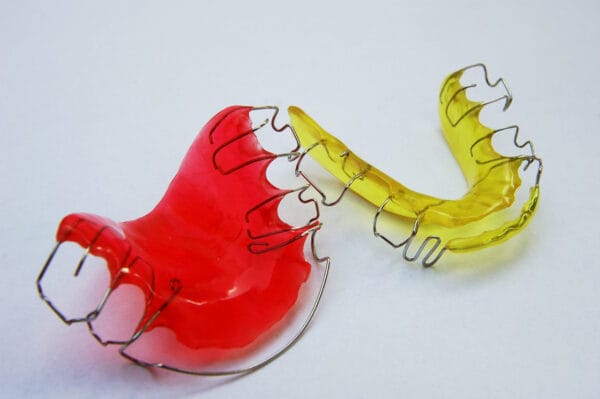
Some patients opt to have a permanent retainer installed on their lower teeth. This is a metal bar that extends over the bottom six teeth, helping keep those teeth together in the absence of a regular retainer. However, you would still need to use a retainer on the upper teeth.
Should You Get Invisalign?
Ultimately, the decision about whether or not you should get Invisalign is up to you. Luckily, there are a lot of options out there for you if you’re looking to perfect your smile. Braces are the traditional method, but they can be a lot of work and provide more discomfort than necessary.
Invisalign, on the other hand, provides a safe and fast solution for correcting your teeth. Not to mention that Invisalign can also cost less if you get them at the right dentist.
If you’re nervous about photos, embarrassed about smiling, or frustrated with your teeth in general, then Invisalign can be perfect for you. Over the years, the process has been perfected and only continues to get better. And with a qualified Invisalign specialist, you can quickly start making progress towards having a smile that people truly remember.

How Do I Finally Get Straight Teeth?
The first step to getting Invisalign is to find a qualified dental practice with an orthodontist or trained dentist on staff familiar with the procedure. Check reviews and look at completed results to see proof of their skills.
And if you live in New York City, then you should check our Invisalign experts at Advanced Dental Arts. We’re a top-rated dental practice in Manhattan with a team of board-certified dental health specialists ready to help you achieve that perfect smile you’ve always wanted.
From emergency dentistry to laser treatment to general dentistry, you’ll find all of your dental treatments under one roof. Don’t wait any longer. Your perfect smile is one phone call away. Book an appointment today!


